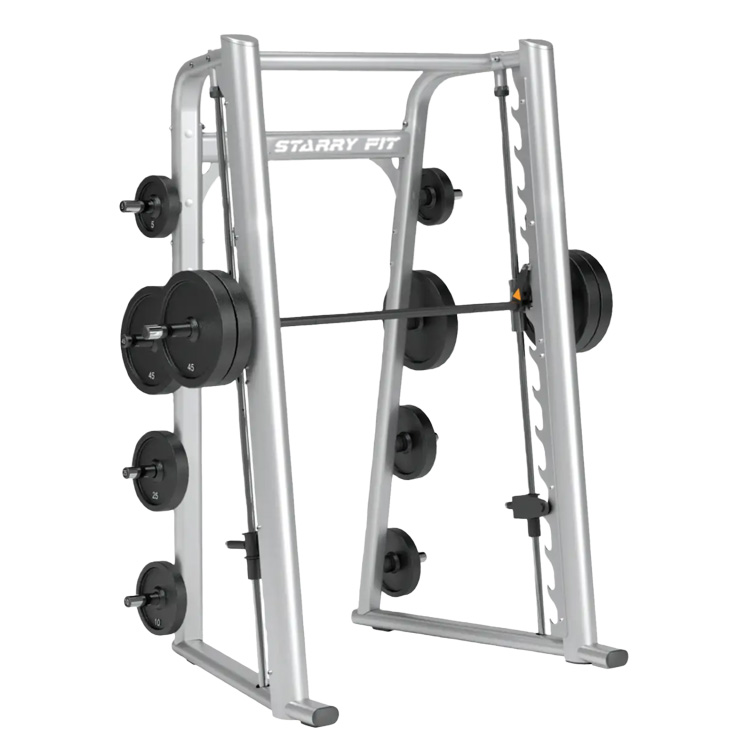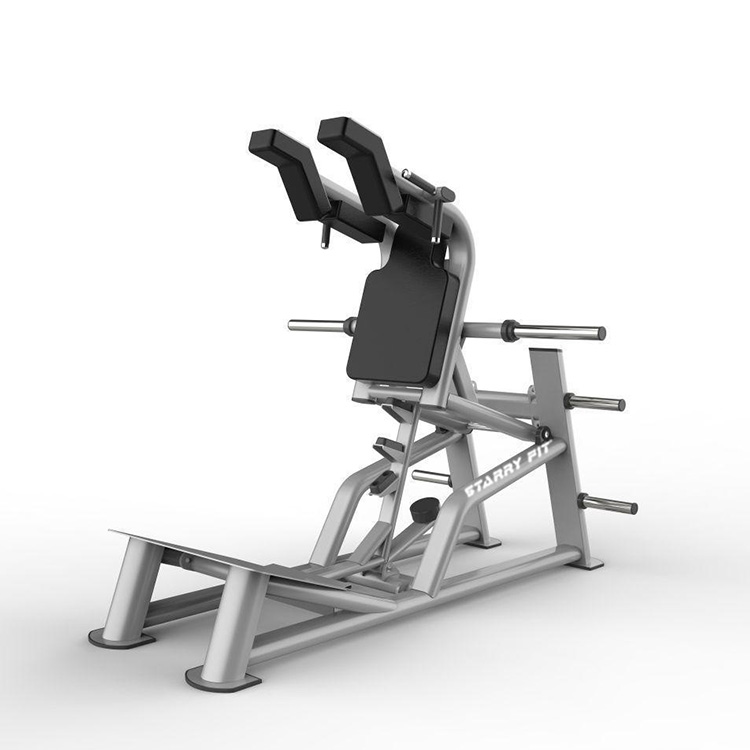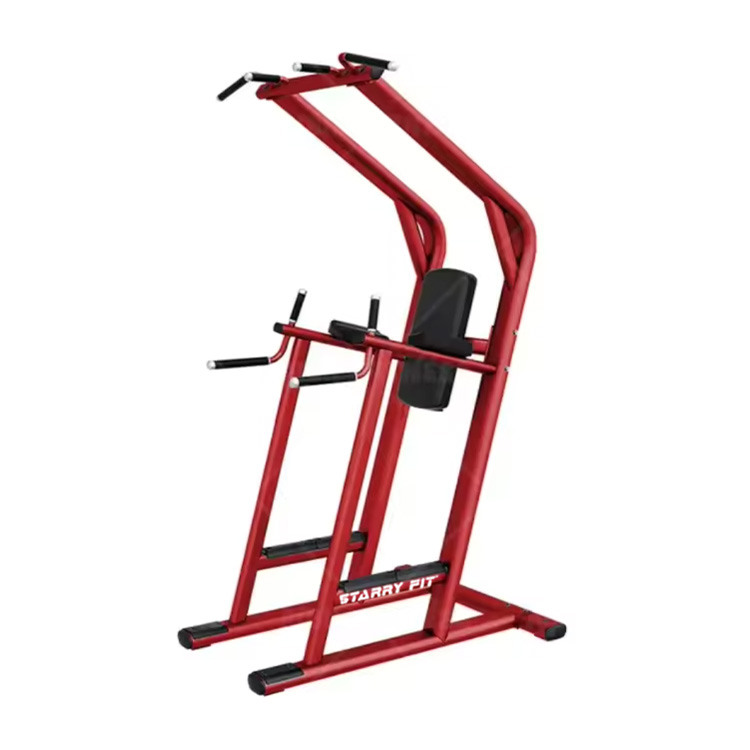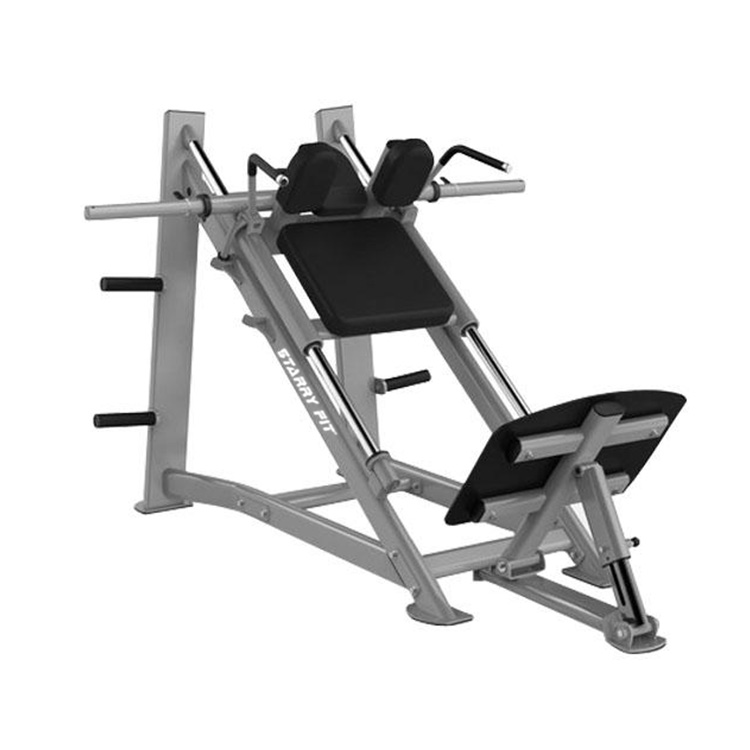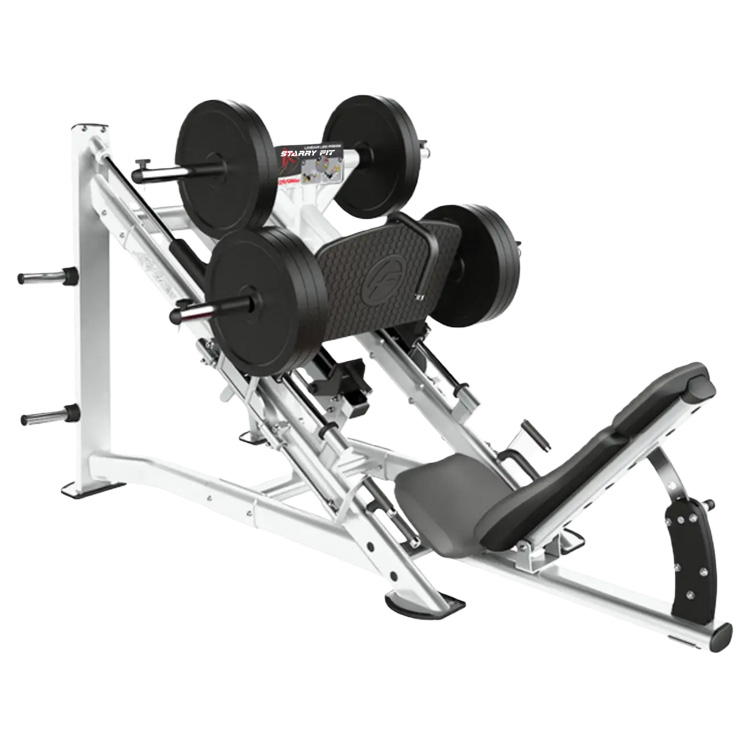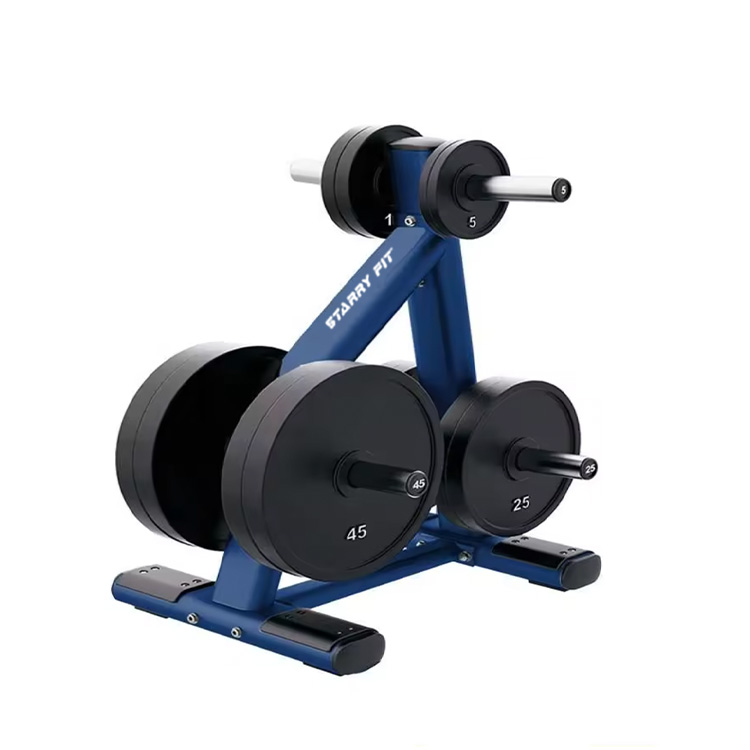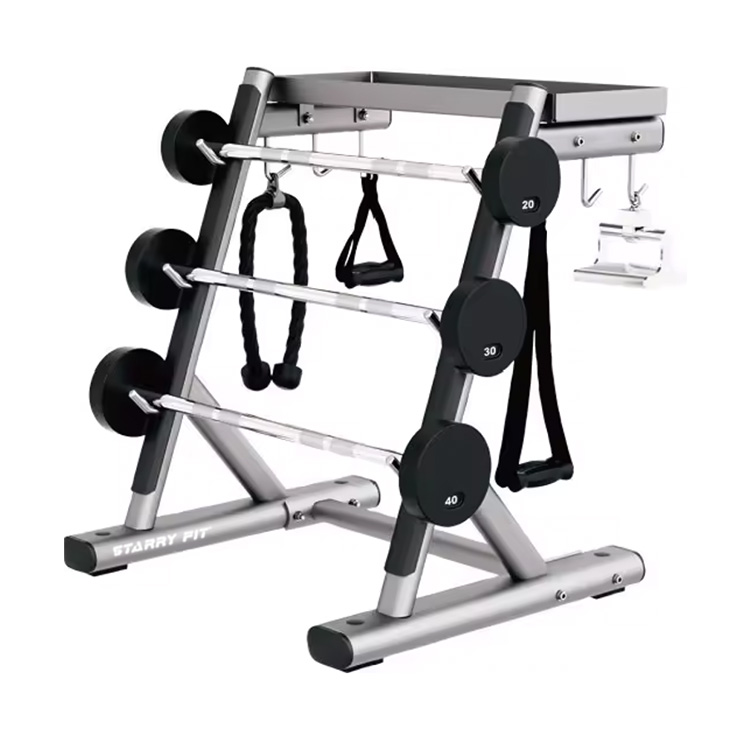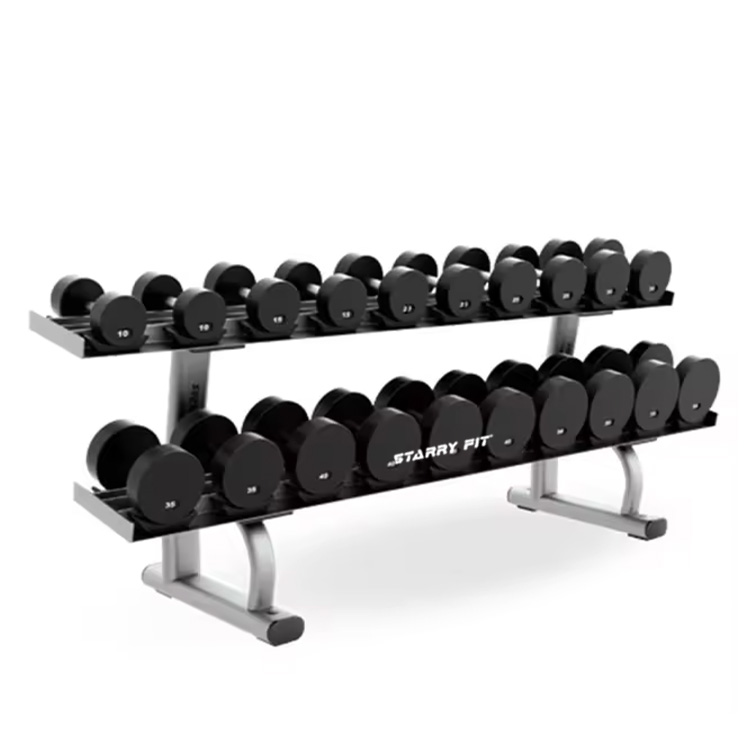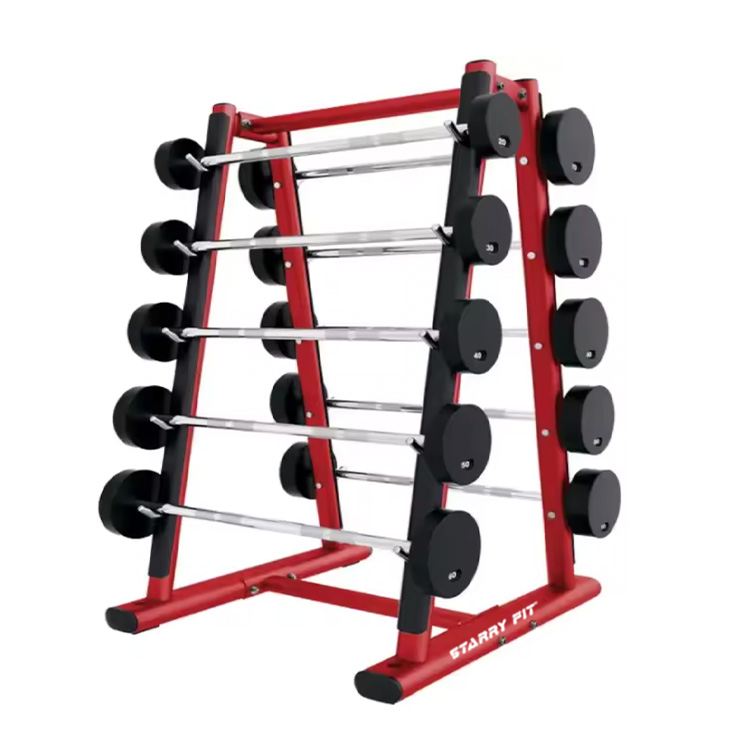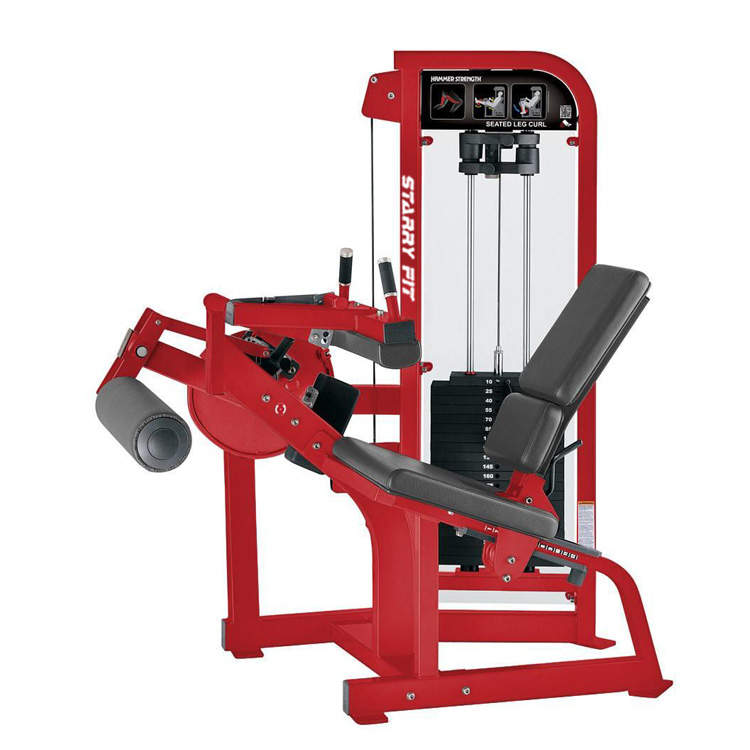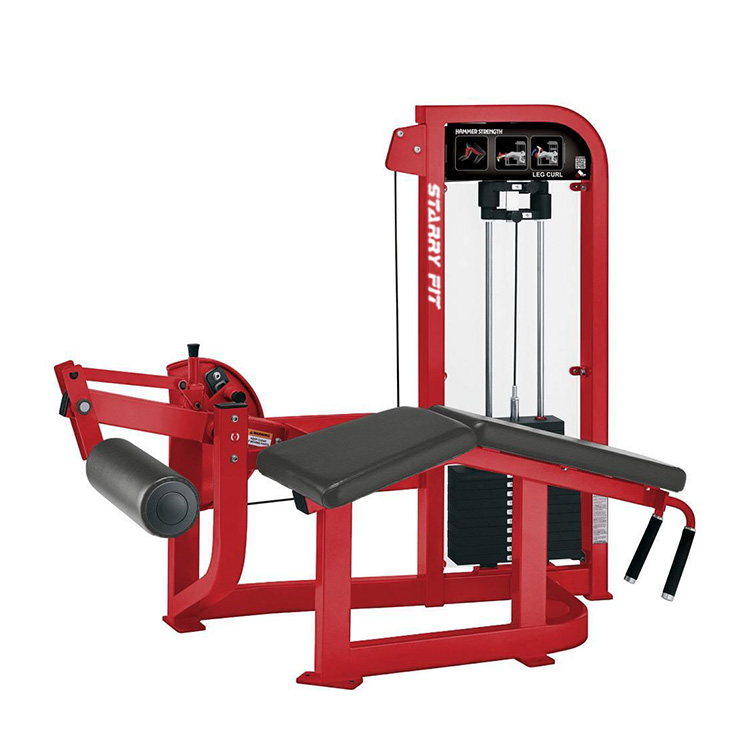Jumping rope with the correct form not only won't damage your knees, but it can actually strengthen the muscles surrounding the knee joint, benefiting joint health. However, incorrect jumping rope technique and excessive jumping can increase the risk of knee injury.
1. Why is it said that "jumping rope correctly doesn't hurt your knees"?
Low-impact exercise: Compared to running, jumping rope actually places less impact on the ground. During takeoff and landing, your ankles and knees naturally bend to cushion the impact. Landing on the forefoot distributes the impact force to your calf muscles and arch, rather than solely on your knees.
Strengthening bones and muscles: Jumping rope is an excellent weight-bearing exercise that stimulates bone density. It also effectively strengthens the quadriceps, calf, and gluteal muscles on the front of your thighs. These muscles form a "natural knee brace" for the knee joint. The stronger these muscles, the more stable the knee and the lower the risk of injury.
Improving coordination and stability: Jumping rope requires full-body coordination, which helps improve neuromuscular control, giving you greater stability in daily life and reducing the risk of accidental sprains.

2. When can jumping rope harm your knees?
Knee injuries usually do not come from skipping itself, but from incorrect posture, inappropriate strength and weak foundation.
(1) Incorrect posture (the most common cause):
Jumping with straight legs throughout the whole process: The knees are not bent at all, sticking to the ground like a stick, and the impact force is absorbed by the joints. Landing too hard: The entire sole of the foot or heel hits the ground with a "bang". Knees turning inward or outward: When jumping and landing, the knees do not point to the toes, causing abnormal twisting of the joints. Jumping too high: Each jump is more than ten centimeters off the ground, which greatly increases the impact of landing. Leaning forward or hunching the upper body: This causes an unstable center of gravity and increases the burden on the knees.
(2) Excessive exercise:
If you do not exercise normally and suddenly jump thousands of times a day, your knees will be overwhelmed. Neglecting rest: After muscle fatigue, the buffering capacity decreases, and the force will be directly transferred to the joints.
(3). Insufficient personal conditions:
Excessive weight base: For people with BMI > 28, the pressure on the knees will increase exponentially when jumping rope.
Present injuries: Knee injuries (such as cartilage damage, ligament tears, meniscus problems) have not yet recovered.
Weak muscle strength: Leg and core strength are too poor to provide sufficient support and cushioning.
(4). Unsuitable venues and equipment:
Jumping on hard surfaces such as cement and tiles: The ground is too hard and there is no cushioning.
Unsuitable shoes: Jumping rope in slippers, sneakers or shoes without shock absorption.
3. How to jump rope safely and protect your knees?
(1). Master the correct posture:
Keep your upper body straight, look straight ahead, and don't lower your head.
Tighten your core (abdomen) and keep your body stable.
Keep your upper arms close to your sides and shake the rope with your wrists.
Bend your knees slightly and always maintain flexibility when jumping and landing. Landing lightly and silently on the forefoot is the highest level. Jumping height: Just enough for the rope to pass through, 3-5 cm off the ground is enough.
(2) Follow the principle of gradual improvement:
Beginners: Start by jumping for 5-10 minutes every day. You can jump in groups, such as jumping for 30 seconds and resting for 30 seconds. Gradually increase: As your physical strength and power increase, slowly increase the time and number of times.
(3) Be fully prepared:
Choose a suitable venue: wooden floor, plastic track, or jump on a skipping rope mat. Wear the right shoes: Choose sports shoes with good cushioning and support. Strengthen basic strength: If you are worried about your knees or feel that your leg strength is insufficient, you should add strength training to your daily routine.


 ENG
ENG
 English
English Français
Français Español
Español عربى
عربى